I’ve dedicated my life to innovation, helping people start, protect, and build businesses around new ideas and products. But in my intellectual property practice, consulting, and teaching, I’ve always sidelined myself, choosing the role of service provider, mentor, or coach. I’ve half-joked about being a “meta-entrepreneur” and flitted from one supporting role to the next. I’ve you’ve followed this blog for a while then you’ll have seen the evidence in my absences and pivots.
It’s time for a change.
I need to start leading by example. I need to walk the walk after years of talking the talk. I need to make a difference for my family, my community, and the role that sustainable innovation should play if things are going to keep getting better for humanity.
It’s time for me to do a startup venture for real.
Along the way, I’ve found a few guideposts for innovative ventures and I’m sure hoping that they will raise our likelihood of success above the average. This venture means a lot to everyone involved (and I don’t just mean my co-founder and me).
For a long time, I really thought that the product, generally technology, amazing food, or craft beverages, was the thing. But I’ve come to realize that purpose is really the key. It’s the problem you are looking to solve and the people you are looking to serve that matters most. If you get that right, you can figure out the products, services, business model, funding, and pretty much everything else through systematic innovation.
So, we’re building a company to make it easy for people to use energy-saving technologies and doing it in a way that demonstrates that human-scale industry that honors our individuality, creativity, and connection is the best way to innovate.
Systematic innovation? A.k.a, iterative real-world learning.
Learning is the second key to innovation after purpose. Lean Startup may be the best known example in entrepreneurship, but the basic idea dates back to the scientific method. To really learn, you need to gather the best info available, form a hypothesis, test things out, measure it, share with critics, and repeat. To make it work for a startup venture, you have to do it as cost-effectively as possible, ideally with fast iterations and paying customers. Empowering everyone to act like an entrepreneur and take ownership for their own and the organization’s learning seems like a great place to start.
So, we’re going to bake in transparency, self-management, data-driven experimentation, personal development, and accountability to purpose as a benefit corporation where everyone is a customer-focused entrepreneur.
The third key is the thing that has tripped me up for the longest time. Team. It’s easy to say and obviously critical, but so difficult to sort out in reality. Innovation is really about people and your team is the people who are going to learn with you as you figure out how to serve your purpose. Finding those people and getting them to stick together to build something great is the core challenge for any founders.
This is where my dumb luck has once again served me well. In Ethan Durham, I have found the perfect co-founder. We’ve been friends and colleagues for years. I’ve worked for him. He’s worked for me. Our mutual respect, common values, and mutual love of food, beer, and a certain amount of geekery will serve us well as business partners. For our first product, he also brings years of direct experience with the fits and starts of bringing an incredible energy-saving technology to market. And it helps that the man who invented the technology is his father and willing to give us a shot at serving a fragmented market they just haven’t been able to crack.
Good People Energy Technologies is born!
Today, we incorporated Good People Energy Technologies Inc. as a New York Benefit Corporation (meaning that we will manage to our purpose and total stakeholder value, rather than just monetary returns to shareholders). We hope to complete the license agreement for our first product shortly and are starting the hunt for seed funding in earnest. With over 20,000 successful installs, we know our adaptive fan controller for small HVAC systems works. The question is how to make it easy for people to upgrade the billions of small HVAC fans in homes, apartments, hotels, colleges, hospitals, offices, municipal buildings, etc. and enjoy the 15-30% energy savings the product can deliver. That’s going to take some systematic innovation.
For the foreseeable future, I will be posting to the Eat Drink Law blog about our progress with this startup and, ultimately, those posts will be fodder for Good People’s blog once it is up and running. Think of it as a real-time case study in business innovation, spinning out intellectual property, and the adventures of a couple of food geeks in clean tech.


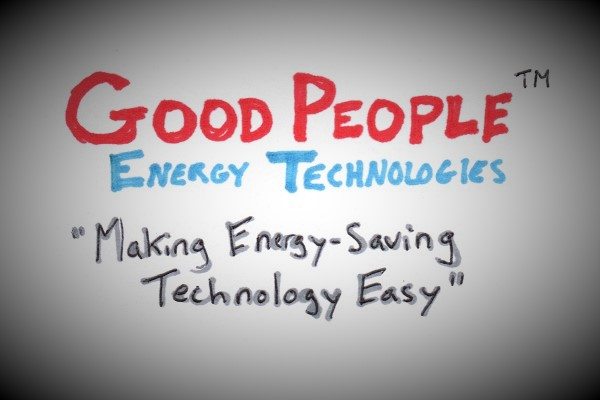

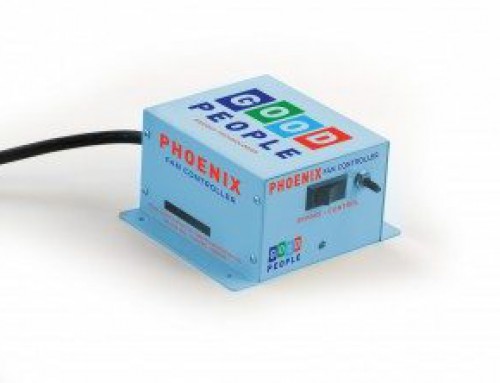
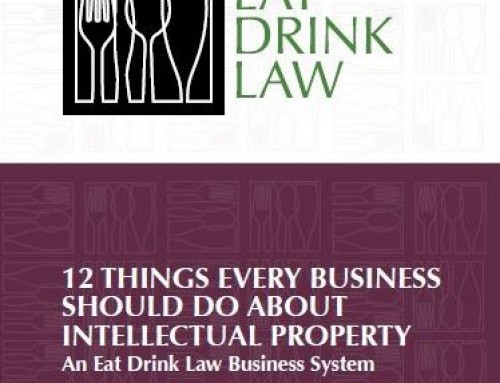
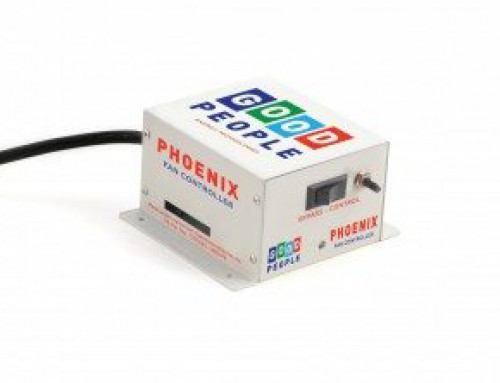
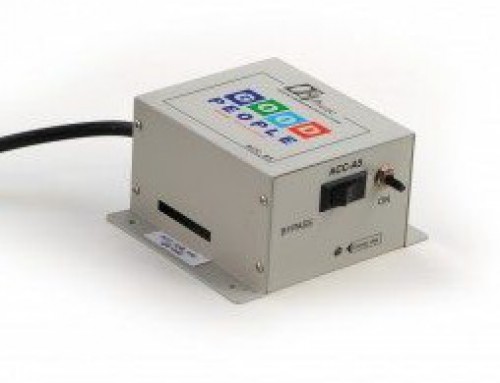
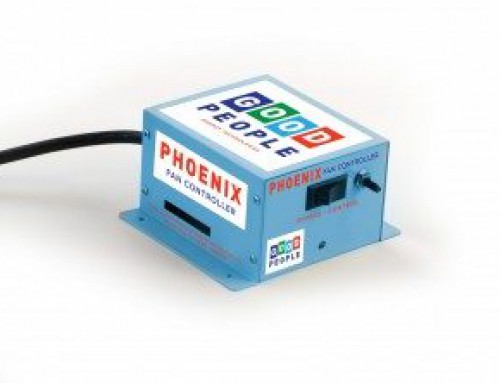
Leave A Comment